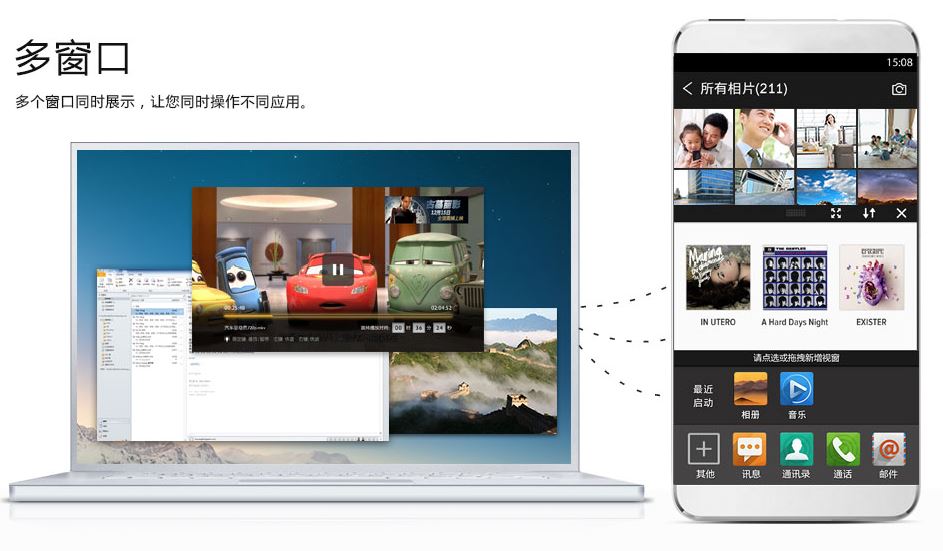What is "China Operating System" exactly? Will it effectively replace Windows and OSX in China?
 Following concerns of national security, leveraged by an aggressive stance in regard to US companies operating, and supplying, hardware and software to China’s government, as well as its financial infrastructures, the People’s Republic is likely to work on a massive-scale switch that will do away with tech made-in-usa, in favor of homegrown technology.
Following concerns of national security, leveraged by an aggressive stance in regard to US companies operating, and supplying, hardware and software to China’s government, as well as its financial infrastructures, the People’s Republic is likely to work on a massive-scale switch that will do away with tech made-in-usa, in favor of homegrown technology.
The software to make it all happen has already a name: “China Operating System”, or “COS” for short.
Ironically, COS is anything but homegrown, as it could be considered yet another Linux distribution, in the same league as Android. COS is not the first attempt as a locally developed Chinese OS. Back in 2001, the Institute of Software at the Chinese Academy of Sciences, began working on Kylin OS, which was still, essentially, a Linux-based OS, in much of the same way, as Google’s Chrome OS.
Development of COS began in January of this year, and the OS is primarily targeted at mobile devices, with the potential to make it a fully-fledged desktop OS.
 COS is very similar to Android, and has already its own app store. COS’s official website features a vaguely Apple-like feel, and showcases popular games, like Angry Birds and Cut The Rope, incidentally showing a screenshot alerting users to update to the latest version of... Microsoft Internet Explorer, on Windows 7.
COS is very similar to Android, and has already its own app store. COS’s official website features a vaguely Apple-like feel, and showcases popular games, like Angry Birds and Cut The Rope, incidentally showing a screenshot alerting users to update to the latest version of... Microsoft Internet Explorer, on Windows 7.
According to said featured screenshots, COS seems to be able to count on a host of productivity apps, as well as interoperability between desktop and mobile, although the degree of “synergy” is not exactly specified beyond a mock up showing dotted lines connecting a very “Samsung-ish” looking phone and what seems to be an unbranded Macbook Pro.
 COS is planned to be closed-sourced, and licensing is likely to be reserved to the original developers. Currently, the target architecture is ARM, perhaps a smart move, as it seems to be a popular choice among mobile manufacturers.
COS is planned to be closed-sourced, and licensing is likely to be reserved to the original developers. Currently, the target architecture is ARM, perhaps a smart move, as it seems to be a popular choice among mobile manufacturers.
Considering the limited amount of information, and the relatively recent starting date of development, it’s difficult to say when COS will be more than wishful thinking, in regard to replacing all of China’s government and financial institution data handling infrastructure, a move that some market analysis firms, consider a titanic effort, which could require as much as 20 years to complete.